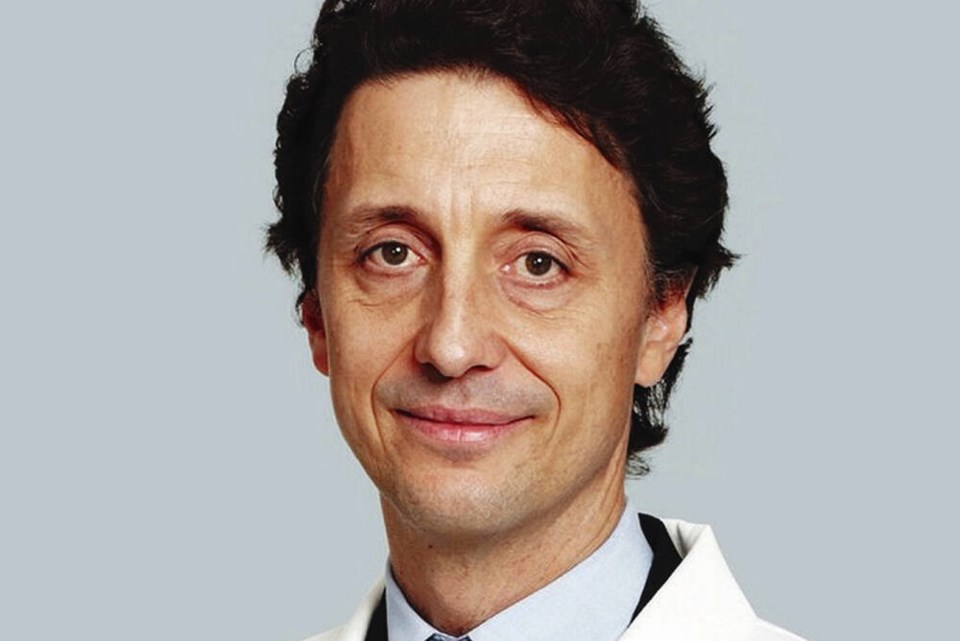The effect on the cholesterol is modest, and I do not recommend drinking tea just for the health benefits.

Dear Dr. Roach:I have read that drinking decaffeinated green tea brewed below 175 degrees Fahrenheit will lower cholesterol. Do you have a recommendation concerning this information?
C.P.
All major types of tea (green, oolong and black) are associated with small drops in serum cholesterol, especially LDL cholesterol, which is most strongly associated with blockages in the arteries of the heart. The tea does not need to be decaffeinated to be effective. Green teas are traditionally brewed at lower temperatures than oolong and black teas in order to preserve the delicate flavours of the tea. It is not for health reasons.
The effect on the cholesterol is modest, and I do not recommend drinking tea just for the health benefits. If you enjoy your tea, then do so with the knowledge that it may be slightly helpful for your arteries.
The data on reduced mortality for coffee drinkers are more compelling than the cholesterol benefit for tea, but this still isn’t enough for this tea drinker to switch to coffee!
Dear Dr. Roach:How old is a person typically when they become victim to frontotemporal dementia (FTD)? I just saw something suggesting that this is what is going on with someone I know who is 78, but I thought it usually showed up at an earlier age.
T.S.B.
FTDs are a group of related degenerative diseases of the brain that cause disturbances in language, behaviour and personality. There are two major subtypes, which have their own characteristics.
For example, behavioral-variant FTD often presents behavioural changes, such as inappropriately kissing or touching strangers. Primary progressive aphasia shows the earliest changes in speaking ability, with people losing the ability for complex speech, but usually they’re unaware of the problem.
FTDs typically show up earlier than other dementia syndromes like Alzheimer’s. The average age of onset is 58, so onset later than 75 is unusual. However, early findings can sometimes be overlooked by the person, so their family members are the ones most often who notice the issue. Sometimes the condition is missed or misdiagnosed as a psychiatric disorder.
Dear Dr. Roach:Recently I was told that the lab at my doctor’s office would no longer dispose of my used syringes for me; neither would my pharmacy. With so many people giving themselves injections for diabetes and/or weight loss, are thousands of used syringes just ending up in landfills? I would like to dispose of mine responsibly. Do you have any guidance on this subject?
L.C.
Used needles and syringes are destined to go to the landfill or incineration as they are not generally recycled due to the possibility of infection. What’s critical is to keep our trash collectors safe from injury.
In my community, there is a sharps disposal box at the fire department, and state law mandates that hospitals and nursing homes must accept them. Many pharmacies do as well.
I checked with my local authorities, and they also said you could make your own sharps container using a sturdy (thick-walled) plastic or metal container with a good lid that is sealed with strong tape. Then just label it and dispose of it in your regular trash.
Check with your local health department or trash collection service to see what your community offers .
Dr. Roach regrets that he is unable to answer individual letters, but will incorporate them in the column whenever possible. Readers may email questions to[email protected].